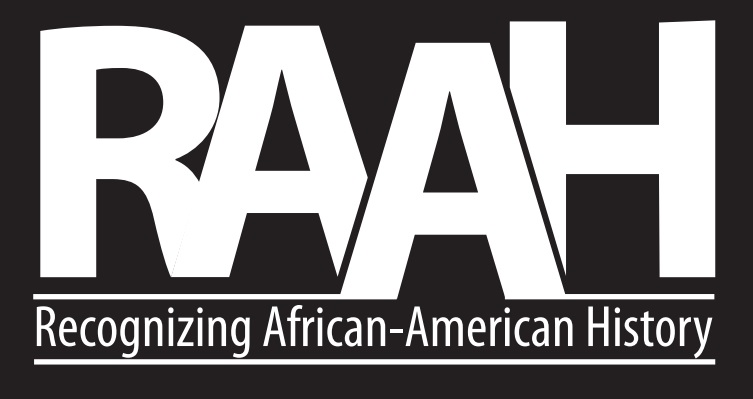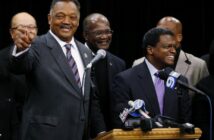
Mary Winston Jackson (April 9, 1921 – February 11, 2005) was an African American mathematician and aerospace engineer at the National Advisory Committee for Aeronautics (NACA), which in 1958 was succeeded by the National Aeronautics and Space Administration (NASA).
She worked at Langley Research Center in Hampton, Virginia, for most of her career. She started as a computer at the segregated West Area Computing division. She took advanced engineering classes and in 1958 became NASA’s first black female engineer.
After 34 years at NASA, Jackson had earned the most senior engineering title available. She realized she could not earn further promotions without becoming a supervisor. She accepted a demotion to become a manager of both the Federal Women’s Program, in the NASA Office of Equal Opportunity Programs, and of the Affirmative Action Program. In this role, she worked to influence both the hiring and promotion of women in NASA’s science, engineering, and mathematics careers.
Jackson’s story features in the non-fiction book Hidden Figures: The Story of the African-American Women Who Helped Win the Space Race (2016). She is one of the three protagonists in Hidden Figures, the film adaptation released the same year.
Mary Winston was born on April 9, 1921, to Ella (née Scott) and Frank Winston. She grew up in Hampton, Virginia, where she graduated from the all-black George P. Phenix Training School with highest honors.
Mary Jackson earned bachelor’s degrees in mathematics and physical science from Hampton Institute in 1942. She was a member of the Alpha Kappa Alpha, the first sorority founded by and for African-American women.
Jackson served for more than thirty years as a Girl Scout leader. She was noted in the 1970s for helping black children in her community create a miniature wind tunnel for testing airplanes.




